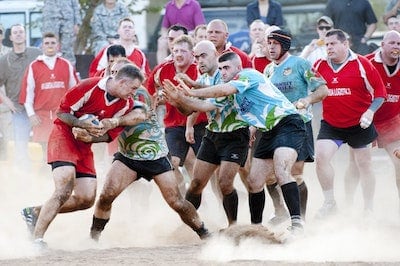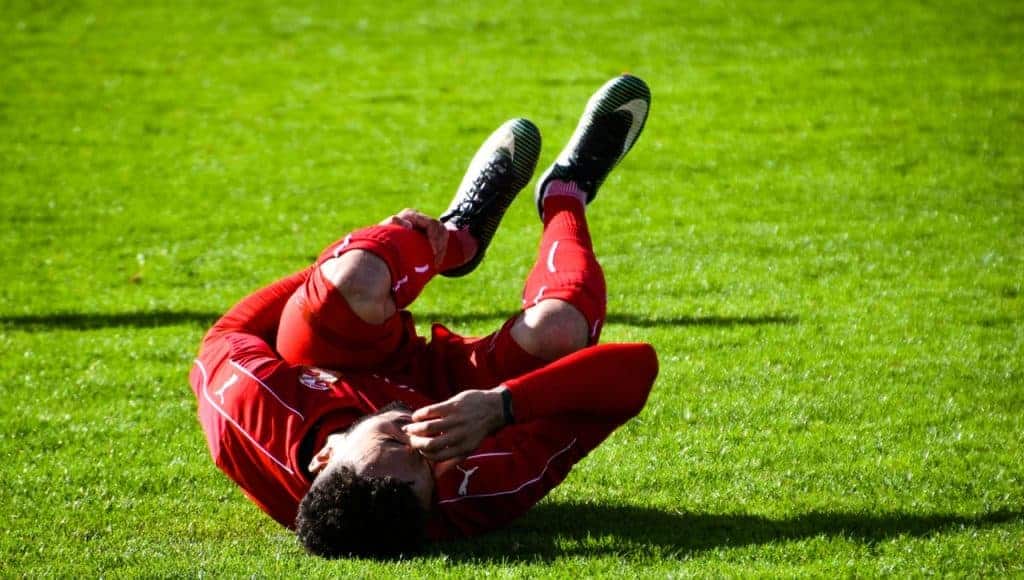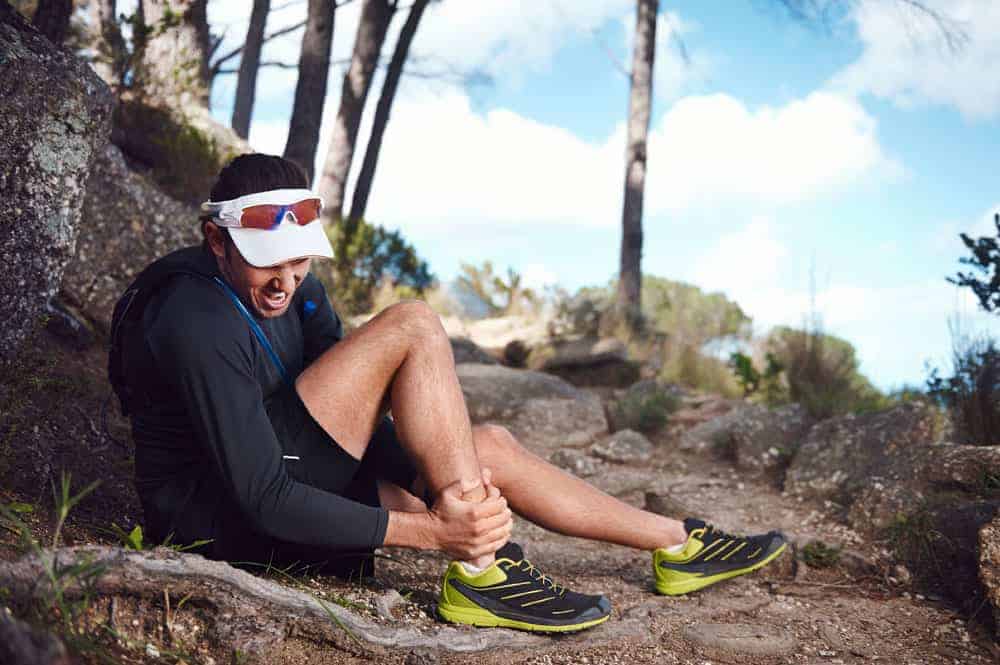
Winter sports’ greatest enemy…ankle sprain

Winter sports’ greatest enemy…ankle sprain
Winter sports season means netball, footy and rugby union games galore (maybe even a spot of skiing!), but it also presents the increased risk of ankle sprains and strains…
“The chilly season means that muscles become cold. Without adequate warm-up exercises the muscles and connective tissue aren’t as flexible as they should be and this can lead to injury,” says Dr Brenden Brown, sports podiatrist and founder of A Step Ahead Foot + Ankle Care.
Dr Brenden is calling on health practitioners to “up their ankle game” beyond the simple “text book approach”.
“Ankle sprains are a common winter sports injury. They occur as a result of involuntary sliding or twisting of the feet when you step on slippery or unstable ground. The sprain happens when the foot is forced into an unnatural position
“The intensity at which the ligaments stretch can sometimes be so severe that it causes fracture or serious inflammation and pains. Doing whatever you can to prevent an ankle sprain is a no-brainer.”

Avoiding winter sports ankle injuries
Planning ahead is a great way to prevent winter sports injuries—particularly when it comes to ankle injuries. With the right preparation and precautions you can reduce the risk of an ankle sprain or strain.
“The common preventative treatment for ankle sprains is balance exercises, but while this might go some way to help reduce ankle sprains the approach really needs to be multi-factorial,” says Dr Brenden.
“To lessen the risk of injury you need to use taping, bracing and practice strength exercises.”
But be warned, Dr Brenden explains that many healthcare professionals—including, physios, chiros, sports coaches and others—at times only suggest doing calf raises. He says, “This is fine if the sport you’re doing only requires you to move the ankle up and down, but if your sport means moving your ankles side to side (for example, skiing, netball, rugby league, football and almost all sports!) then calf raises are of no use.
“A textbook response to ankle sprains will often end patients in trouble. If your health professional is merely suggesting calf raises, it’s time to look further afield.
“More and more evidence suggests we need to look much further up the body, toward the gluteal muscles and alike.
“As such, your strength training needs to incorporate more than just your ankle and should be more sport specific.”
Dr Brenden says you need to functionally challenge the ankle in order to strengthen it appropriately and a special emphasis should be on preparation.
“Those participating in winter sports (or any sports for that matter!) can benefit from completing a tailored muscle strength-conditioning program. This is particularly the case if you’ve suffered a previous ankle sprain or are at high risk of injury.”

Points to note:
- Ankle strengthening activities should include hoping, jumping and cutting movements if that is part of your sport
- Strength exercises should include loading the muscles to be able to dynamically work as they would in your chosen sport
- Loading the muscle prepares your muscles for the activity ahead. This may include using more than just weight-bearing exercises and incorporating resistance-based training.
Additional measures to help prevent ankle sprains include:
- Warming up. Cold muscles are less flexible and more prone to injury
- Wearing footwear appropriate to your sport
- Making sure your footwear fits you properly (loose boots can cause falls, increasing risk of ankle injury)
- Taking the time to cool down. Slow stretching can reduce post-sports muscle tightness and soreness and may help reduce future risk of injury
- Knowing your limits and sticking to them
Treating your ankle sprain
The immediate treatment for an ankle sprain is the RICE approach. This incorporates: Rest, Ice, Compression and Elevation.
- REST: “if it hurts don’t do it”. Giving your ankle a period of rest after the sprain can assist with healing
- ICE: apply ice packs to the ankles, or area of discomfort
- COMPRESSION: apply bandages over the injured area. Compression socks are available from your local podiatrist’s clinic
- ELEVATION: lift the foot up above the waist or heart.
“Evidence shows that ankle sprains are unlikely to get better by themselves. Plus once you have an ankle sprain, you’re significantly more likely to have another sprain.”
“So just like the pre-sport preparation phase, it’s time to get back to strength and exercise-based rehabilitation as your next phase in rehab,” says Dr Brenden.
Related articles:
Your guide to rock-solid ankle stability
Your guide to choosing the best netball shoe
Your guide to choosing a footy boot
Think you have a heel spur, think again
A Step Ahead Foot + Ankle Care is one of Sydney’s leading foot and ankle clinics. Principal podiatrist and founder of A Step Ahead Dr Brenden Brown (AKA Dr Foot) has been taking care of people’s feet for more than 20 years.
With a background in sports medicine and having served as a former president of the Australasian Podiatry Council, Brenden is a wealth of information when it comes to foot and ankle care.







 Dr Brenden’s White paper report on the “6 Reasons You Won’t Beat Heal Pain” outlines what’s stopping you from beating this and tips on how to stop it in its tracks!
Dr Brenden’s White paper report on the “6 Reasons You Won’t Beat Heal Pain” outlines what’s stopping you from beating this and tips on how to stop it in its tracks!